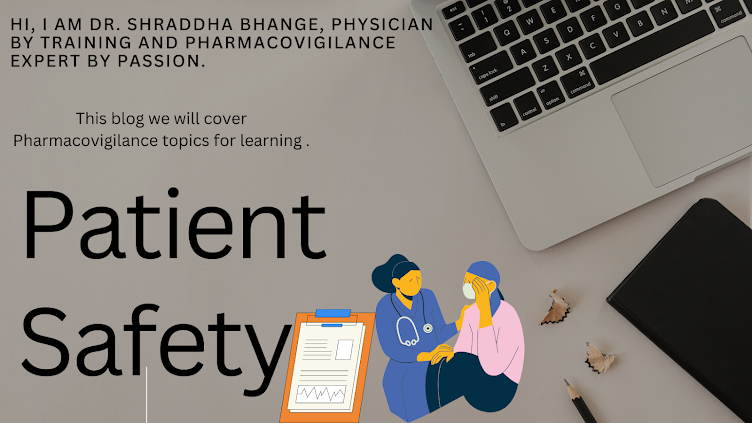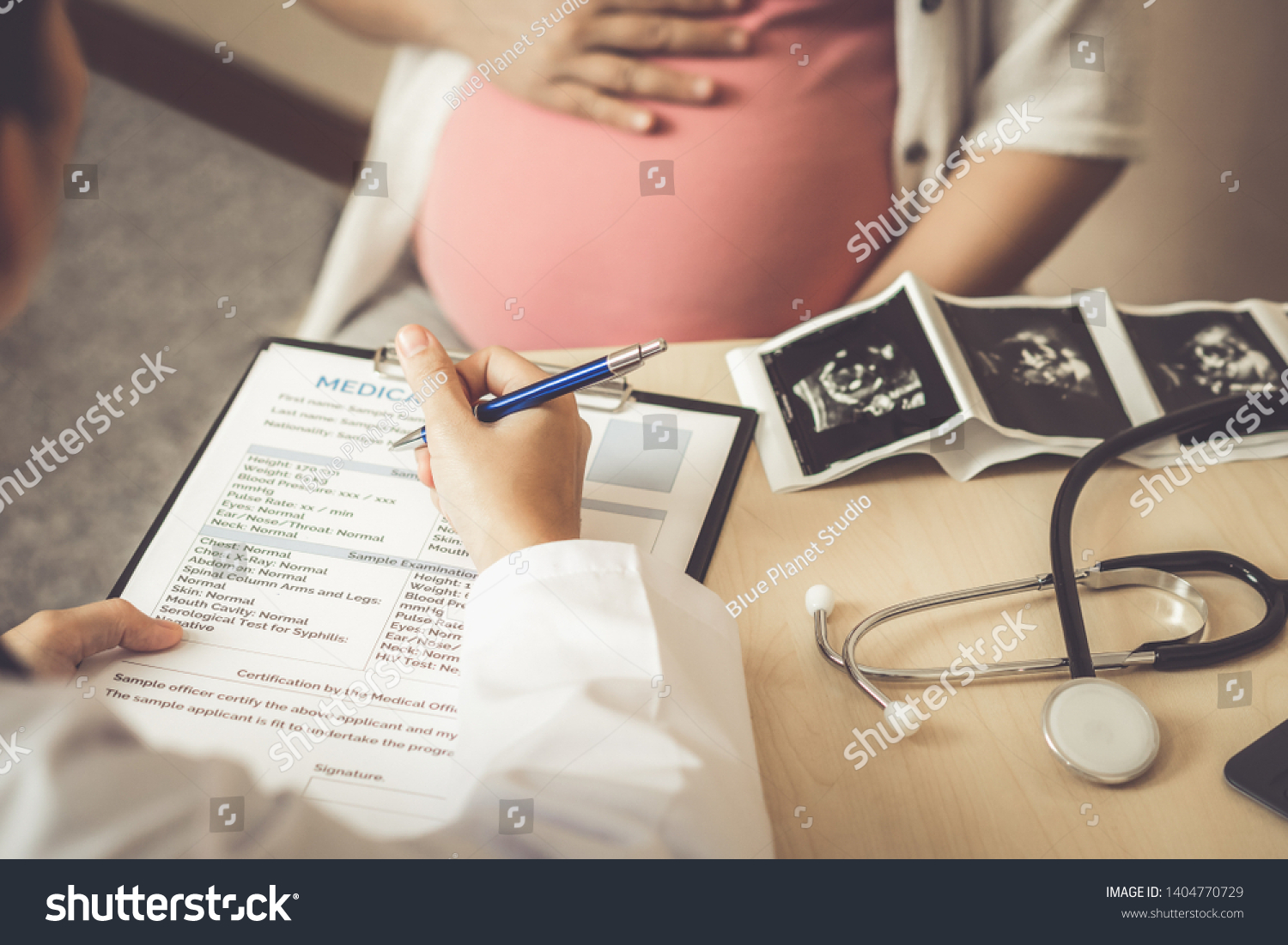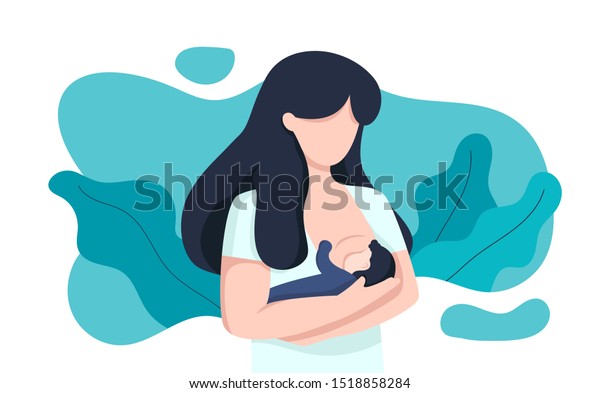Pharmacovigilance in terms of monitoring safety of drugs in pregnant and breastfeeding mothers is very critical and also different.
For knowing safety profile of drug during pregnancy or breastfeeding we are dependent on pharmacologic or chemical class of drug, or animal studies or clinical trials data.
Why critical?
1. Almost all clinical trials for registering new drugs exclude pregnant and breastfeeding women. So data is not available regarding effects of drug on this population easily.
2. Special clinical trials and data collection methods are required to monitor effects of drug on this population.
Hence to know safety profile of drugs during pregnancy, post marketing surveillance is major source of data. This is collected after the drug has been approved and used by pregnant women voluntarily when they know they are pregnant or when they used drugs without knowing in advance they were pregnant.
Usage of drugs during pregnancy and breastfeeding is different than when used in general population for 2 reasons:
1. Use of drugs has to be thought in terms of its risks and benefits to mother and child both.
2. Risk of disease if left untreated without administering drug has to be weighed for both mother and child.
E.g. if breastfeeding is continued to benefit baby, is the risk greater to infant from receiving milk with drug excreted from mother in it or the mother's disease left untreated pose more risk in terms of quality of milk?
ICSR:
The route of administration in baby case (ICSR) is transplacental/transmammary and event is exposure in utero/Drug exposure via breast milk . The route of administration for the mother case is to be coded in correct fields in parent/child section .The outcome and event coding should correlate to correct patient i.e. baby and parent.
Some important fields for cases are: Gestational age, Ultrasound results (in narrative), Use of other drugs especially teratogens, Outcome of pregnancy.It is also important to link cases.
It is also critical to know when to create 2 cases i.e. parent and child and when only 1 i.e. parent. The key to remember is usually if there is an adverse event for baby then 2 cases and if no adverse event then on;y 1 i.e. parent case. E.G.
1. A pregnant women with abortion then only 1 case of mother with event abortion. However if its full term pregnancy and foetal death is outcome then 2 cases.
2. A pregnant women delivered baby with foetal abnormality then 2 cases baby and mother.
Expedited reporting of cases (parent and baby) follows same timelines. Cases with no adverse event or non serious preganancy cases, cases with termination of pregnancy are usually reported in PSURs/PBRER's.
Aggregate reports:
PBRER/PSUR for product the frequency and template remains same for the drug concerned. The additional data to be included about drug use in pregnancy and breastfeeding should be described in relevant sections. The data sources is the ICSR received from spontaneous source, literature, pregnancy registries, studies etc where an pregnancy or breastfeeding exposure is reported with or without adverse pregnancy outcome.
Another additional section is drug utilisation by age group wherein it should be monitored if reproductive age group patients were exposed to the product to have data regarding quantitative exposure for this group.
The risk/benefit section should describe the cases of pregnancy and breastfeeding exposure and its relevance to safety profile of drug. If pregnancy and breastfeeding exposure is one of the safety concern in RMP then its important to mention the data relating to it in detail especially what is status of risk minimisation measures already implemented or if planned.
It is important to mention pregnancy/breastfeeding exposure as missing information in RMP and to monitor it.
Pregnancy registries:
Different types of registries are maintained wherein data is collected regarding women who have been exposed to drugs during pregnancy and for drugs with longer half life's before pregnancy, male exposed to such drugs where pregnancy occurs following it, birth registers, birth defect registries etc.
When studied appropriately they provide very useful information in generating signal or at least signal hypothesis.
Studies conducted to study pregnancy and breastfeeding exposure and data collected from it. This study should be planned in structured manner and outcomes to be collected with longer follow ups (6-12 months at least after pregnancy period and include baby follow up too).
References:
https://www.ncbi.nlm.nih.gov/books/NBK208605/
https://www.fda.gov/science-research/womens-health-research/list-pregnancy-exposure-registries



